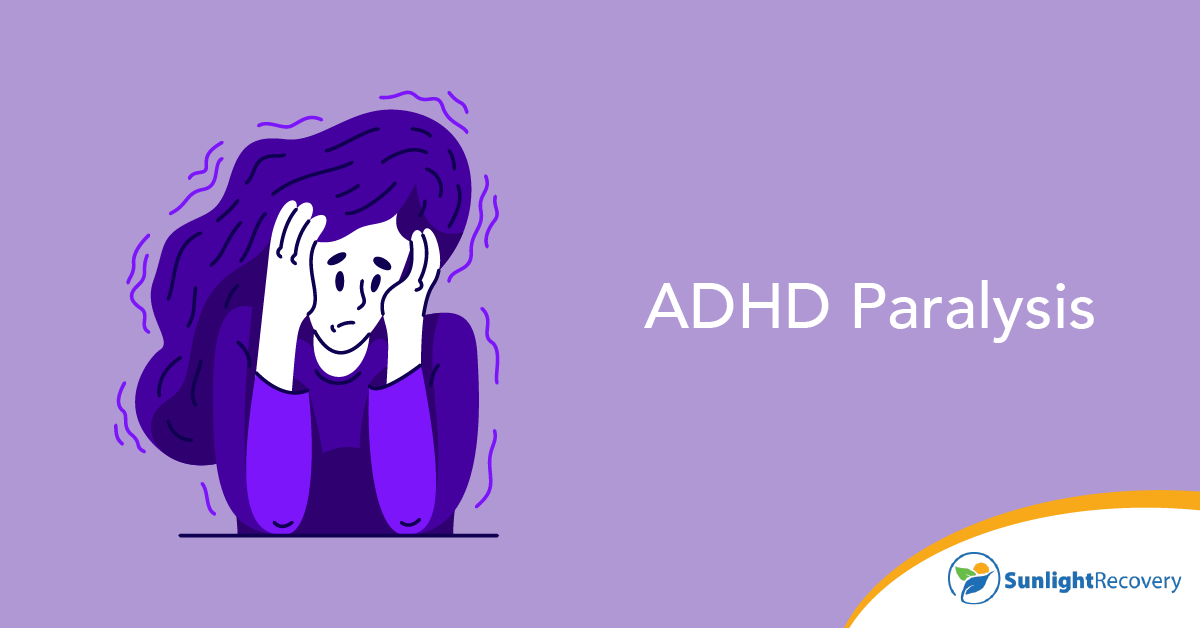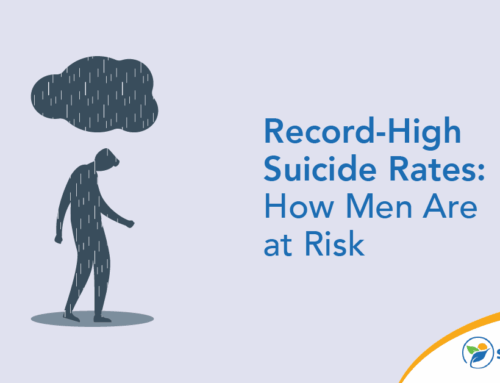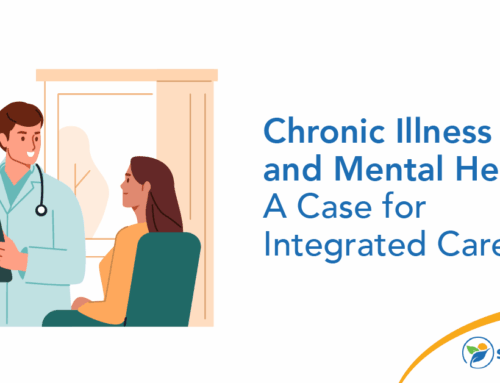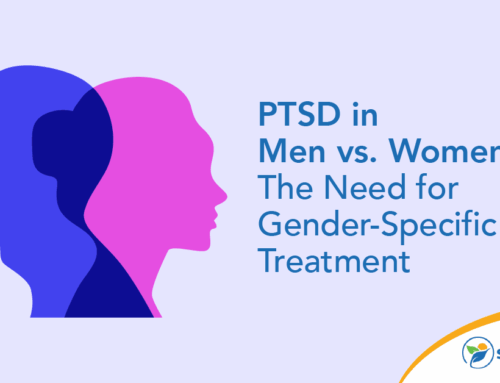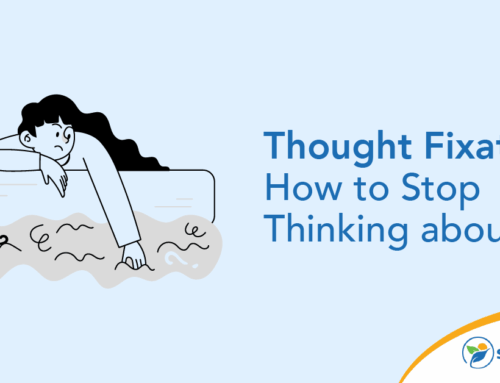Attention deficit hyperactivity disorder (ADHD) is a common disorder that can lead to difficulty focusing, hyperactivity, and restlessness. Some people who have ADHD also experience another symptom, often referred to as, “ADHD paralysis”, where they have lots of energy but find themselves unable to channel it, so they feel stuck.
Fortunately, it is possible to manage ADHD symptoms, including paralysis, by learning coping strategies to assist with focus, time management, and prioritizing tasks while reducing the feeling of being overwhelmed.
Understanding ADHD
An estimated 6 million children between 3 and 17 years old in the United States have been diagnosed with ADHD. Diagnosis rates and treatment approaches vary between states, with some states being more likely to use medication to treat ADHD while others focus on behavioral treatments. Both adults and children can experience ADHD paralysis. The issue may be easier to identify in adults and mistaken for simple laziness or a desire to get out of homework in children; it is helpful for ADHD children to get a diagnosis and proper support so they can learn coping mechanisms from a young age.
There are three types of ADHD, named for the symptoms that are strongest in that individual:
- ADHD, impulsive/hyperactive: These people experience predominantly inattentive symptoms, struggling to follow conversations, or focus.
- ADHD, inattentive/distractible: Other individuals are predominantly hyperactive and fidget a lot or find it difficult to sit still.
- ADHD, combined: Those who experience a mixture of both types of symptoms are considered to have combined presentation ADHD. Symptoms can change over time, so a person may find that they can focus well sometimes but at other times, they are easily distracted.
Exploring ADHD Paralysis
ADHD paralysis, or, “executive dysfunction paralysis”, is not a formal diagnosis, but it is something many people who have been diagnosed with ADHD experience. It refers to the feeling of being overwhelmed that individuals with ADHD sometimes experience. When faced with a to-do list, even one full of small and simple tasks, they might freeze, doing everything they can to avoid or ignore the task.
While the term ADHD paralysis is not yet formally used in the medical world, some studies have investigated how ADHD can affect decision-making, leading some to engage in risk-taking behaviors while others struggle to make decisions at all. One common theory is that the brain of a person with ADHD sees deadlines or intimidating tasks as excessive stimuli and shuts down certain decision-making processes.
Recognizing ADHD Paralysis
It is perfectly normal to procrastinate on menial tasks, even among neurotypical people. However, people with ADHD sometimes find even small tasks so intimidating that they keep putting them off or trying to ignore them until their to-do list has grown to an unreasonable length or some of the tasks have become critically overdue. A task does not have to be complex or lengthy to trigger ADHD paralysis. This issue can relate to all kinds of tasks, from housework and bill payments to large university assignments.
How ADHD Paralysis Can Affect Your Daily Life
The desire to avoid certain tasks or put them off for a long time can have both social and career-related consequences. Someone who frequently experiences ADHD paralysis could be branded a flake or unreliable for failing to get things done on time. If they are poor at responding to messages, friends and family members may take offense at their lack of response.
Fear of these consequences could even add to the paralysis if the person is worried about facing complaints for completing a task late and has already put it off so long that they have missed the deadline. This phenomenon is something neurotypical people experience too, but the freeze response is more powerful in those with ADHD.
ADHD Is Not Laziness
It’s common for people with ADHD to feel guilty about their inability to tackle certain tasks and for those around them to assume the worst. Fortunately, people are becoming more aware of ADHD and other similar disorders such as OCD, and this increased awareness means it is now easier to request extra support at school and in the workplace.
If you’re living with ADHD and feel overwhelmed by your responsibilities, communicating with your teachers or bosses so you can work out a plan to help you be more productive could be beneficial.
Coping With ADHD Paralysis
ADHD brain fog can make even the smallest of tasks seem impossible. However, there are some strategies you can use to help yourself get started on challenging tasks, and once you’ve beaten the procrastination, it may be easier to keep working.
- Write out a to-do list using a bullet journal, or even a whiteboard, and try to do each task in order.
- Set a timer and make yourself work for 15 minutes without distractions. After you’re done, reward yourself with a break.
- Break tasks down into smaller jobs so you can see yourself making progress.
- Remind yourself that most things don’t have to be perfect and you’ll feel less stressed if you’ve got the job done at all.
Medication can help reduce many of the symptoms of ADHD, including paralysis. However, it’s not always necessary to take medication to manage these symptoms. Other coping mechanisms, such as to-do lists or project timers, can be incredibly helpful for some ADHD individuals.
Getting Help for ADHD Paralysis
Neurodivergent individuals are often misunderstood, and those who don’t have the same symptoms sometimes struggle to comprehend that the task paralysis faced by people with ADHD can be difficult to cope with. Beating this brain fog isn’t just a matter of working harder or, “knuckling down”.
At Sunlight Recovery, we work with people from all walks of life, helping them better understand the challenges of their diagnosis and learn coping mechanisms they can use to enjoy a better life.
If you would like to know more about how we can help with ADHD paralysis and the other symptoms of ADHD, contact us today to book a consultation.


